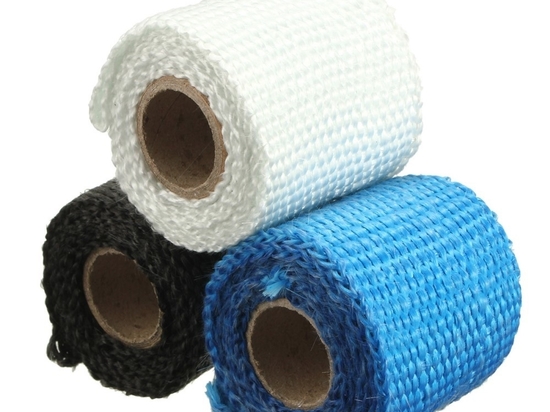
#Product Trends
Introduction to exhaust insulation blankets: Purpose and benefits
Introduction to exhaust heat blankets: Purpose and benefits
Exhaust insulation blankets are specialized thermal barriers designed to wrap around exhaust components in various industrial applications. These blankets serve a critical role in managing heat and improving overall system efficiency. This article provides an overview of the purpose and benefits of exhaust insulation blankets.
Purpose of Exhaust Insulation Blankets:
Exhaust insulation blankets are primarily used to control and manage heat generated by exhaust systems. Their purpose includes:
a. Heat containment: Insulation blankets trap and contain the heat within the exhaust system, preventing heat transfer to surrounding areas and reducing the risk of heat-related damage.
b. Temperature regulation: By limiting heat dissipation, insulation blankets help maintain optimal operating temperatures within the exhaust system, ensuring peak performance and efficiency.
c. Personnel protection: Insulation blankets act as a safety measure by minimizing external surface temperatures, reducing the risk of accidental burns and injuries to personnel working in close proximity to exhaust systems.
Benefits of Exhaust Insulation Blankets:
The use of exhaust insulation blankets offers several significant benefits, including:
a. Heat reduction: Insulation blankets effectively minimize heat radiation and convection from exhaust components, resulting in cooler operating conditions. This helps prevent heat-related failures and extends the lifespan of adjacent equipment and components.
b. Energy efficiency: By containing and directing heat within the exhaust system, insulation blankets improve overall energy efficiency. They reduce the energy loss associated with heat dissipation, resulting in fuel savings and lower operating costs.
c. Enhanced performance: Maintaining optimal temperatures within the exhaust system ensures better performance and functionality of various components, such as turbochargers, catalytic converters, and mufflers. This can lead to improved engine output, reduced emissions, and better overall system performance.
d. Noise reduction: Insulation blankets can contribute to noise reduction by dampening the sound generated by exhaust systems. This is particularly beneficial in industries where noise control is important, such as power generation, marine, and automotive sectors.
e. Versatility and customization: Exhaust insulation blankets are available in various configurations and can be tailored to fit specific exhaust system components, shapes, and sizes. They can be designed for easy installation, maintenance, and removal, allowing for flexibility and adaptability in different applications.
f. Environmental and safety compliance: Insulation blankets help ensure compliance with environmental regulations by reducing heat emissions and improving the efficiency of exhaust systems. They also contribute to a safer working environment by minimizing surface temperatures and protecting personnel from burns.
Conclusion:
Exhaust insulation blankets play a vital role in managing heat, improving efficiency, and enhancing safety in exhaust systems. By containing heat, regulating temperatures, and offering additional benefits such as noise reduction and energy efficiency, these blankets provide a cost-effective solution for a wide range of industrial applications. Understanding their purpose and benefits is crucial for making informed decisions regarding their implementation in various exhaust systems.







